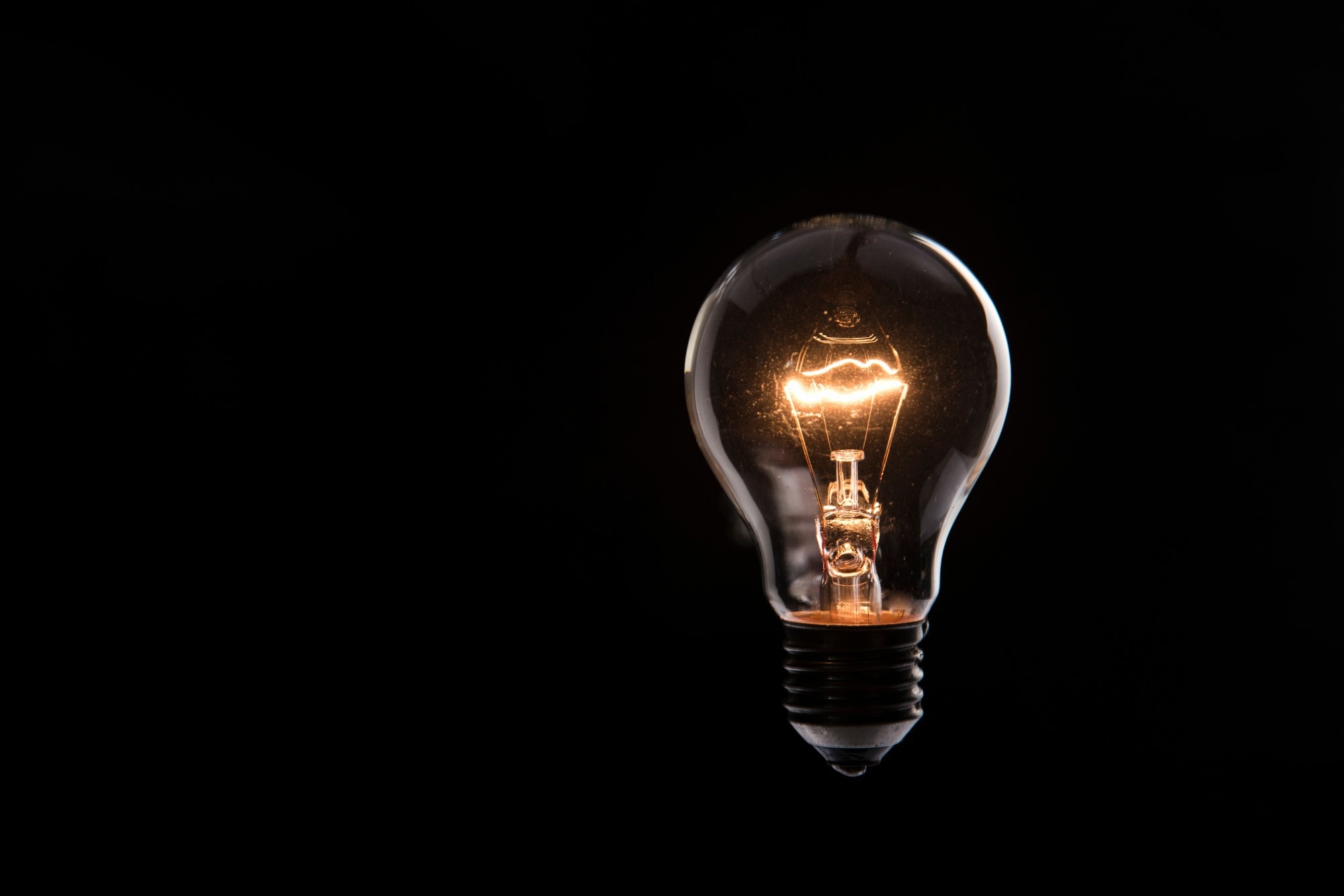Recycling centers typically gather glass and mercury from disposed fluorescent bulbs. However, there's untapped potential in discarded lighting for reclaiming rare-earth metals. The 17 metals referred to as rare earths are not all widely available and tend to be quite tricky to extract with existing recycling methods. A research group, however, has found an easier way to collect slightly magnetic particles that contain rare-earth metals from spent fluorescent bulbs.

Image Credit: taveesak srisomthavil/Shutterstock.com
The team outlined their magnetized chromatography method in a recent publication in ACS Sustainable Chemistry & Engineering.
Several contemporary technologies, including electric vehicles and microchips, incorporate rare earths due to their distinct magnetic, electrical, and optical properties. However, only a handful of countries have untapped deposits of these metals.
Recycling rare earths from outdated or broken devices on a large scale can pose a challenge due to their integration into various components and their presence in small quantities. In discarded fluorescent lighting, mixtures of rare-earth-based phosphors, which contribute to the color of light, are typically found in a thin coating inside the bulb.
Laura Kuger, Matthias Franzreb, and their collaborators aimed to devise a low-tech method to gather these phosphors by leveraging the elements' weak magnetic properties.
The team of researchers employed a wire coil to externally administer a magnetic field to a glass chromatography column containing stacked stainless-steel mesh disks. Subsequently, they conducted a trial run using a prepared sample to assess its ability to capture phosphors.
Initially, the researchers acquired three distinct weakly magnetic rare-earth phosphors from a lamp manufacturer. Following this, they replicated aged fluorescent lamp components by blending the phosphor particles with a liquid solution comprising nonmagnetic silica oxide and highly magnetic iron oxide nanoparticles, representing the glass and metal constituents in the bulbs, respectively.
As the liquid was introduced and traversed through the chromatography column, the phosphors and iron oxide nanoparticles adhered to the magnetized stainless-steel mesh while the water and silica particles exited through the opposite end.
To remove phosphors from the column, the researchers gradually decreased the intensity of the external magnetic field while flushing the column with liquid. Ultimately, when the magnetic field was deactivated, the highly magnetic iron oxide nanoparticles were released from the column.
The researchers noted that their method successfully retrieved 93 % of the rare-earth phosphors from the initial mixture resembling lamp components. Although further efforts are required to isolate individual rare-earth elements from the phosphors and to adapt the method for industrial recycling purposes, Kuger, Franzreb, and their team assert that their approach represents an advancement toward a feasible means of transforming old light bulbs into new technologies, fostering a brighter and more sustainable future.
The study received funding from the German Research Foundation.
Journal Reference:
Kuger, L., & Franzreb, M. (2024) Design of a Magnetic Field-Controlled Chromatography Process for Efficient and Selective Fractionation of Rare Earth Phosphors from End-of-Life Fluorescent Lamps. ACS Sustainable Chemistry & Engineering. doi.org/10.1021/acssuschemeng.3c05707.